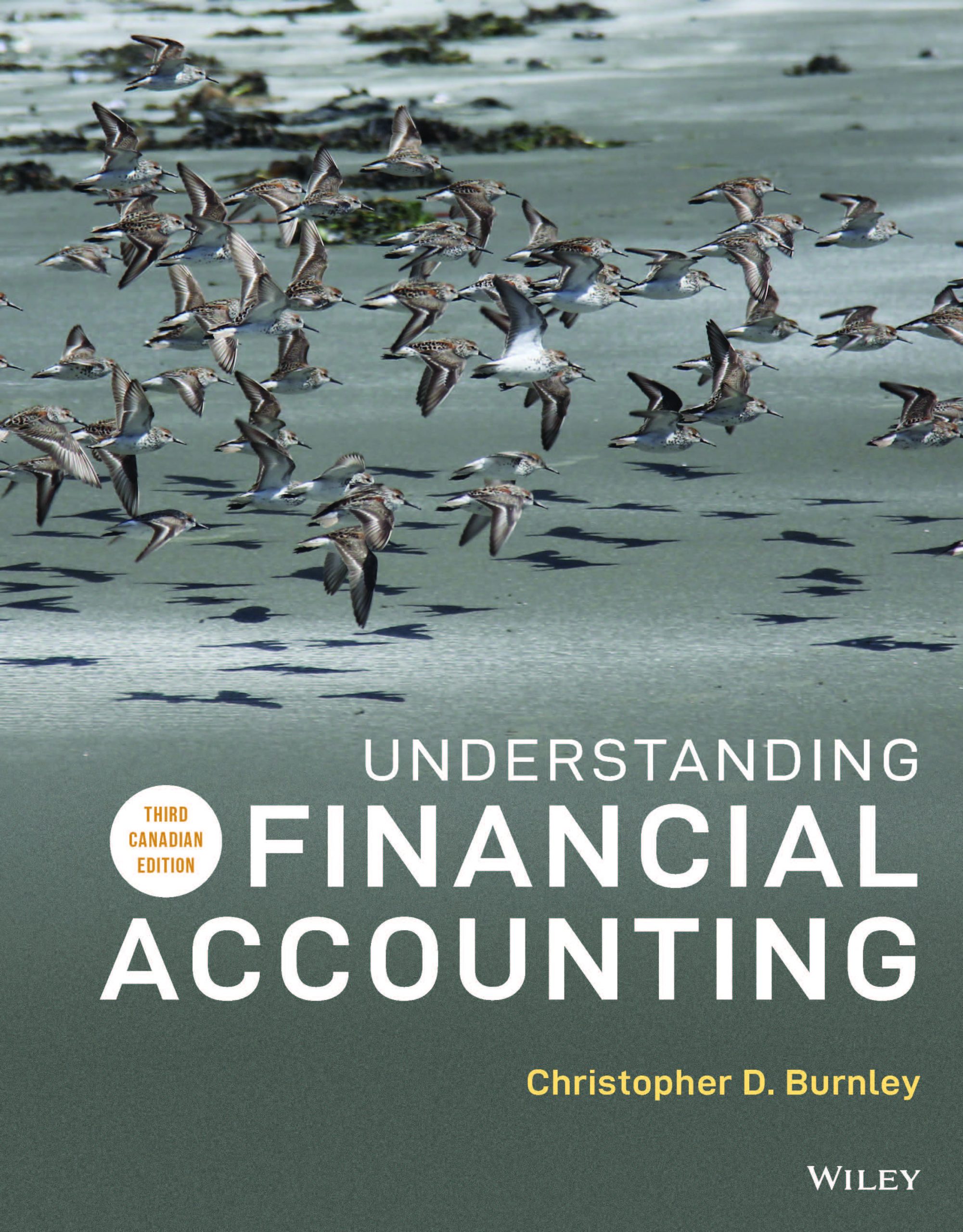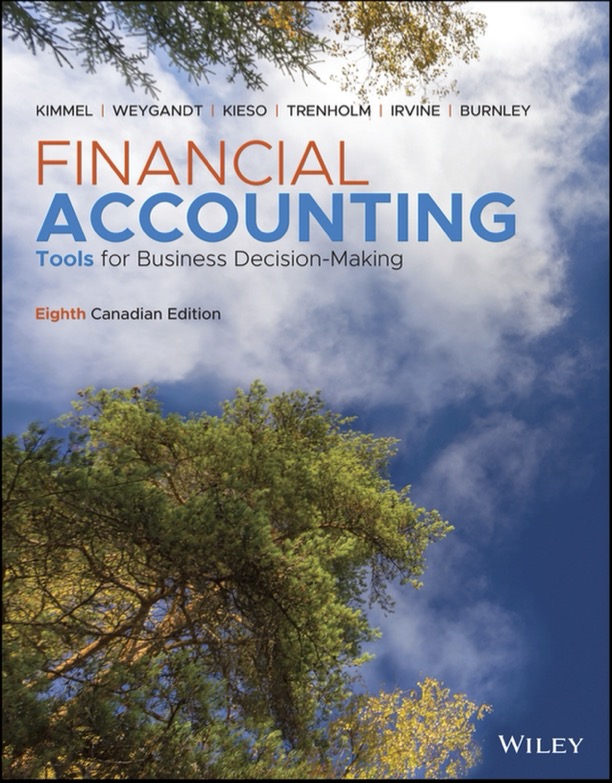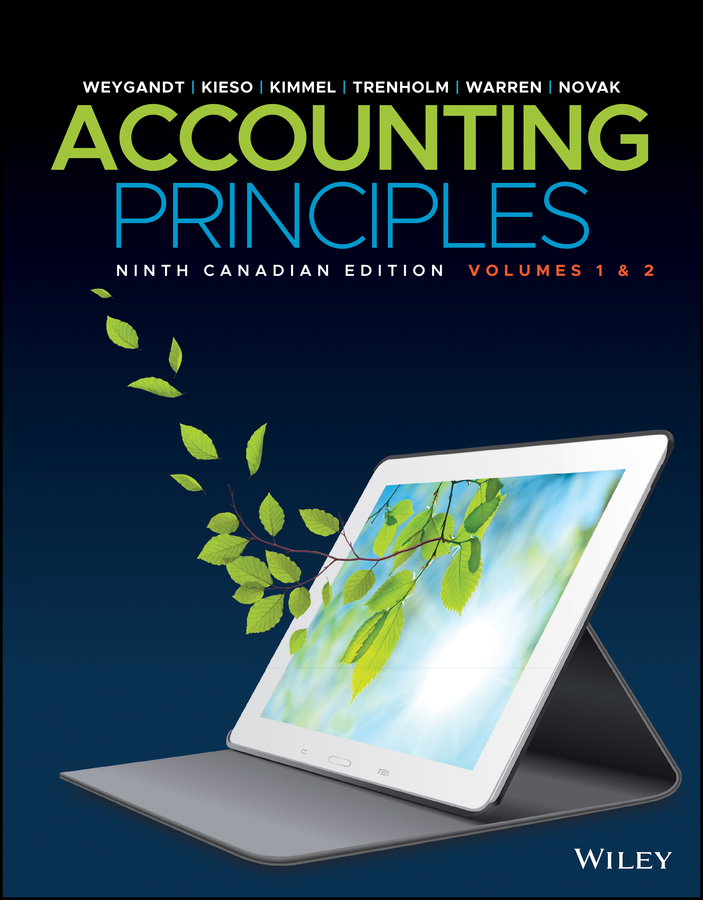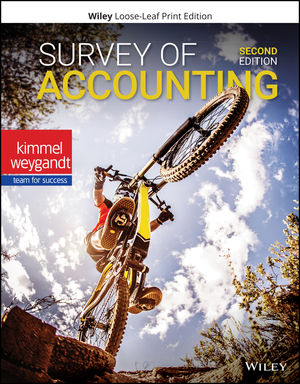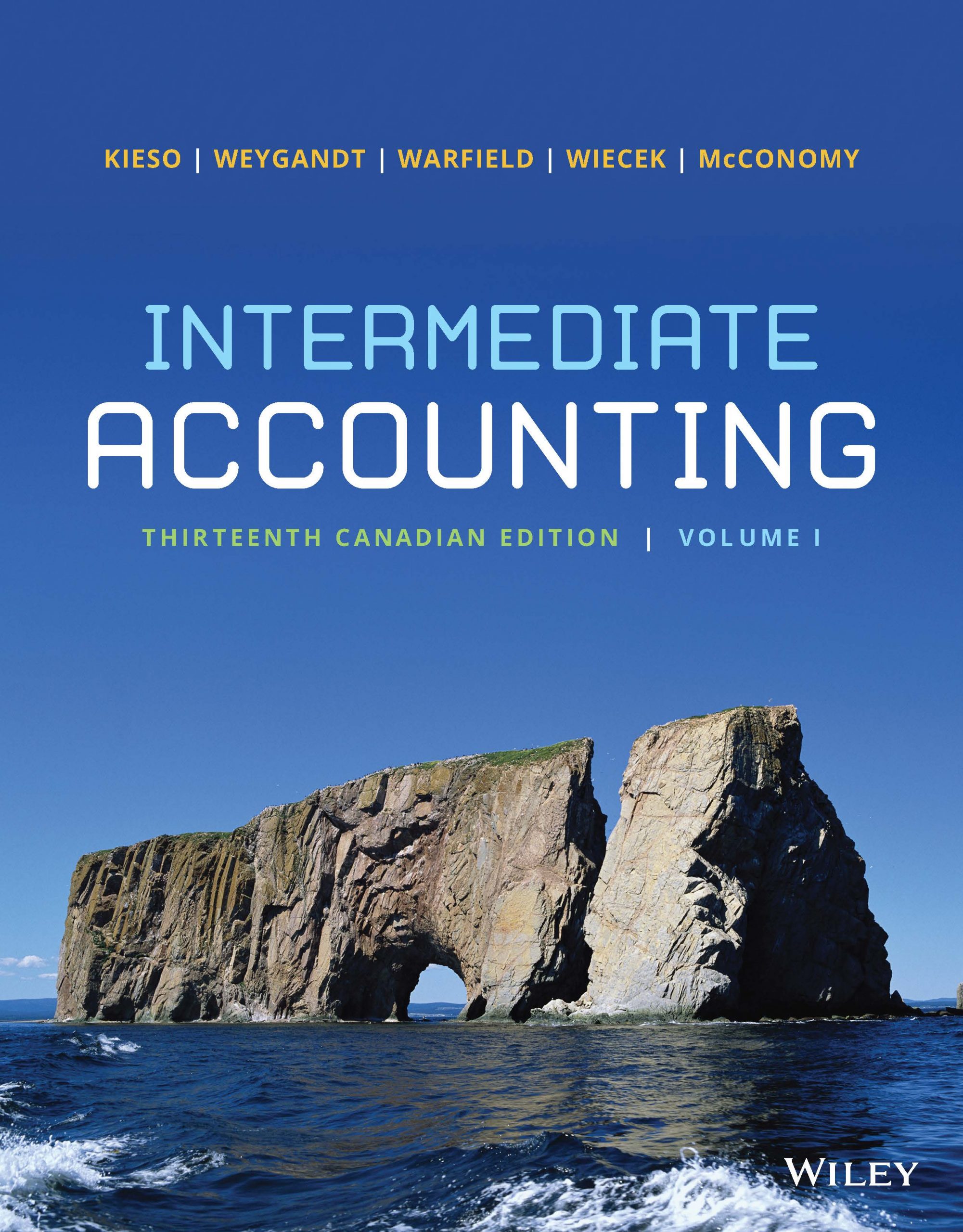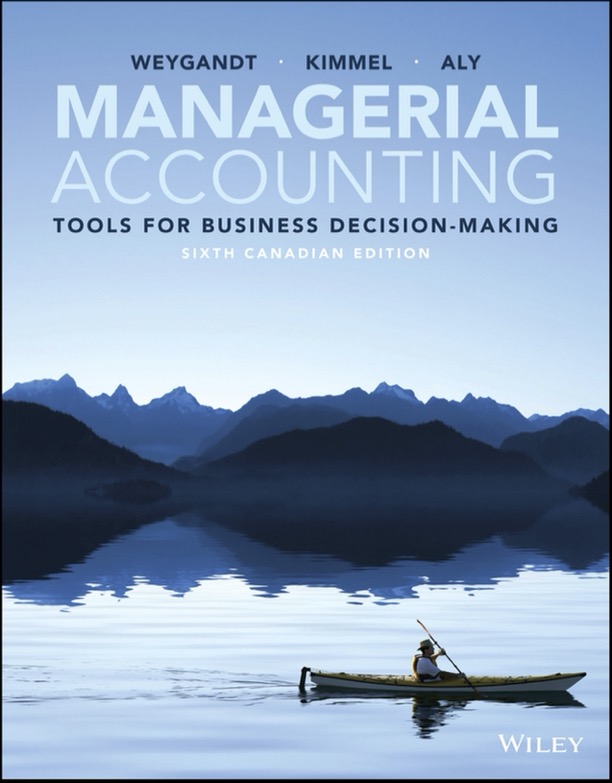Description: Snapchat is looking to raise up to $4 billion in an initial public offering (IPO). Snapchat lost over $500 million in 2016 and $382 million the previous year. Yet, the company is expected to have a market value of up to $25 billion.
Date: February 2, 2017;
Source: theglobeandmail.com
Link: http://www.theglobeandmail.com/report-on-business/international-business/us-business/snap-makes-3-billion-ipo-details-public/article33887617/
Discussion Points:
1) Are you a regular user of Snapchat? How do you think it stacks up against competitors like Facebook and Twitter?
2) Which chapter of Wiley’s Financial Accounting: Tools for Business Decision Making teaches accounting students about IPOs?
3) Snapchat seems to be losing all kinds of money, but it has an incredible market value. What do you think accounts for this situation?

